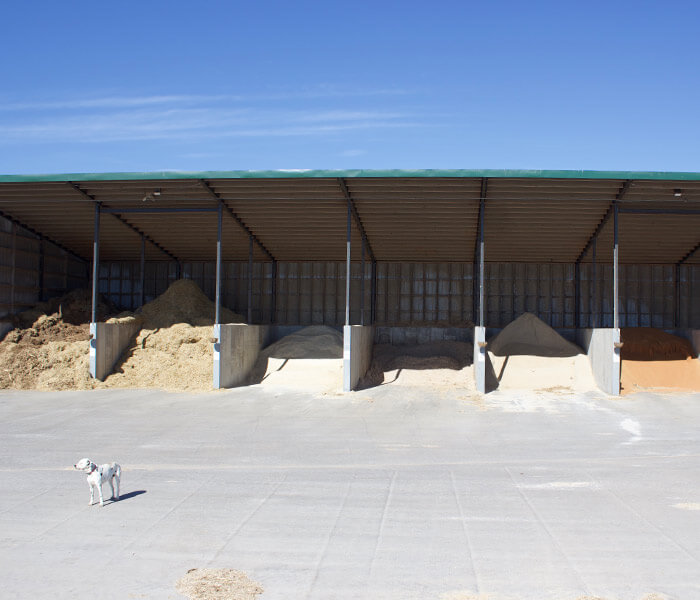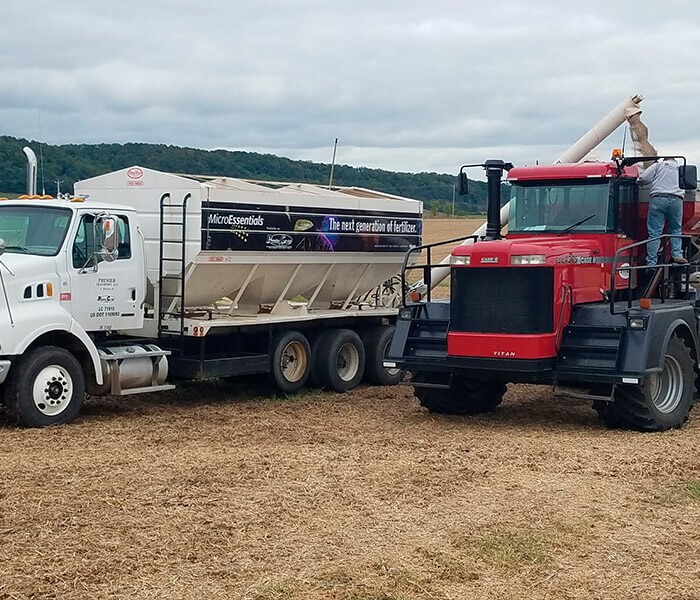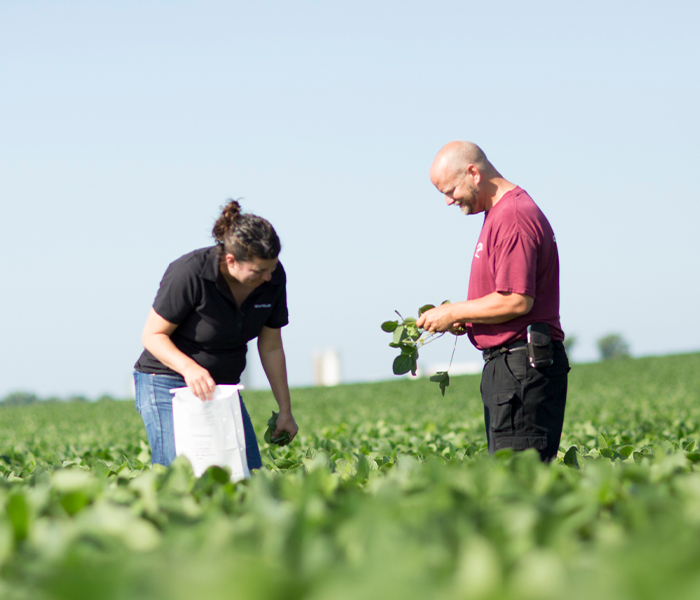Get your replacements ready to go to work.
As producers continuously push to get more pounds of milk and combined solids, there tends to be more conversations around developing healthy eating habits within the lactating herd. As nutritionists, we might recommend switching up the feed routine to avoid running the bunk out of feed or even increasing feed push – ups per day. However, have we ever thought about how we train our cows to eat in the stages before they get to the lactating herd? Here are four points to consider when feeding your herd’s top replacements.
- Not every heifer belongs in the milking herd. Some farms choose to utilize genetic testing technologies while others keep their own records on treatments and average daily gain to determine who leaves the herd. No matter how it’s driven, there should be a force on the farm driving how many heifers we raise and who makes the cut. Without these guidelines, producers tend to overcrowd pens and decrease potential for the entire group.
- Provide adequate bunk space. If we want heifers to eat, we need to give them the space. The standards on bunk space vary depending on heifer age. The Dairyland Initiative page offers great bunk space benchmarks for all ages.
- Avoid training heifers to slug feed. Developing this healthy habit will carry over into the lactating herd. Having consistent, quality feed in front of our heifers at all times will pay dividends in the long run. If you need help determining if slug feeding is an issue on your farm, one option is to hang trail cameras. Having a set of eyes on the bunk for a full 24 hours can assist in bunk management.
- Efficient energy use. If we do all the things listed above, but do not provide the right scenario for our heifers to efficiently use the feed they eat, then what’s the point? In order to grow strong, healthy heifers we need adequate amounts of many nutrients, including energy. As we get into some colder months, keeping heifers clean and well bedded will help keep maintenance requirements down and keep them more efficient.
Following through with these four tips in the heifer stage can provide you with a cow that knows how to eat and is ready to go to work. If you need help working through any of these scenarios on your farm, reach out to one of our Premier Nutritionists today!
Genny Speckman
Dairy Nutrition Consultant




